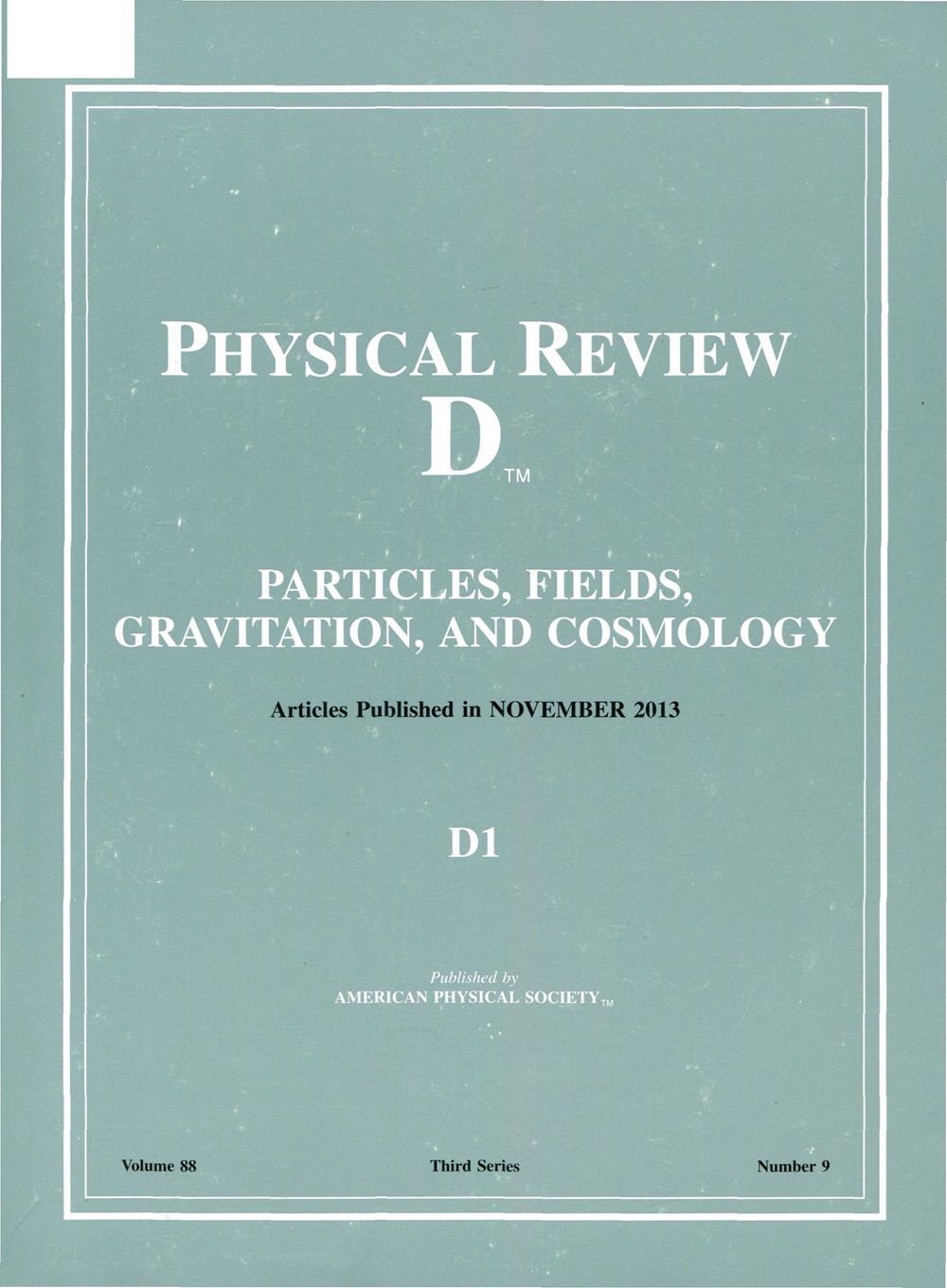基于改进软光子近似的HBχPT轻子-质子双光子交换
IF 5.3
2区 物理与天体物理
Q1 Physics and Astronomy
引用次数: 0
摘要
在缪斯实验中,我们提出了一种改进的双光子交换校正对极低能量的非极化轻子-质子弹性散射过程的评价,其中只考虑了优势的中间弹性质子。为了将复杂的四点环积分简化为简单的三点环积分,我们采用重重子手性微扰理论的框架,并引入软光子近似。在目前的工作中,我们采用了一种比以前的工作更健壮的方法,沿着相同的路线来分析评估循环集成,并按照下到下到领先的顺序合并重要的更正。这包括质子的结构效应,它使质子-光子相互作用的顶点和质子的传播体重新规范化。最后,我们的结果允许对非极化大质量轻子和反轻子散射的电荷不对称性进行模型无关的估计。2025年由美国物理学会出版本文章由计算机程序翻译,如有差异,请以英文原文为准。
Lepton-proton two-photon exchange with improved soft-photon approximation including proton’s structure effects in HBχPT
We present an improved evaluation of the two-photon exchange correction to the unpolarized lepton-proton elastic scattering process at very low-energies relevant to the MUSE experiment, where only the dominant intermediate elastic proton is considered. We employ the framework of heavy baryon chiral perturbation theory and invoke the soft-photon approximation in order to reduce the intricate 4-point loop-integrals into simpler 3-point loop-integrals. In the present work, we adopt a more robust methodology compared to an earlier work along the same lines for analytically evaluating the loop-integrations, and incorporate important corrections at next-to-next-to-leading order. These include the proton’s structure effects which renormalize the proton-photon interaction vertices and the proton’s propagator. Finally, our results allow a model-independent estimation of the charge asymmetry for the scattering of unpolarized massive leptons and antileptons. Published by the American Physical Society 2025
求助全文
通过发布文献求助,成功后即可免费获取论文全文。
去求助
来源期刊

Physical Review D
物理-天文与天体物理
CiteScore
9.20
自引率
36.00%
发文量
0
审稿时长
2 months
期刊介绍:
Physical Review D (PRD) is a leading journal in elementary particle physics, field theory, gravitation, and cosmology and is one of the top-cited journals in high-energy physics.
PRD covers experimental and theoretical results in all aspects of particle physics, field theory, gravitation and cosmology, including:
Particle physics experiments,
Electroweak interactions,
Strong interactions,
Lattice field theories, lattice QCD,
Beyond the standard model physics,
Phenomenological aspects of field theory, general methods,
Gravity, cosmology, cosmic rays,
Astrophysics and astroparticle physics,
General relativity,
Formal aspects of field theory, field theory in curved space,
String theory, quantum gravity, gauge/gravity duality.
 求助内容:
求助内容: 应助结果提醒方式:
应助结果提醒方式:


